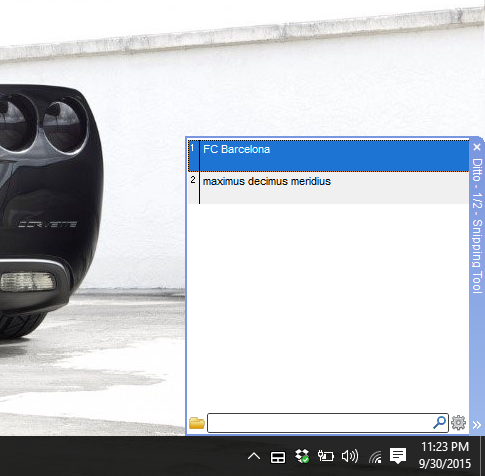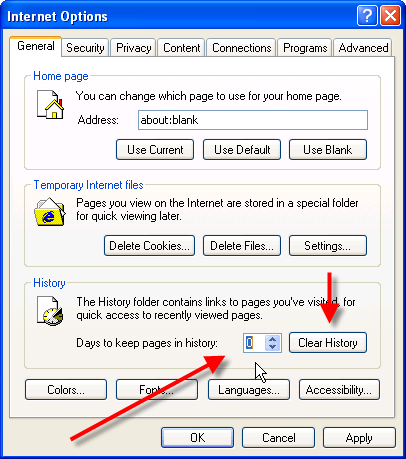Local accounts have existed on Windows for quite some time, and while thought to be dead with Windows 10, it’s actually easy to downgrade your account from a Microsoft Account to a Local Account. We show you how!
When we talk about full control i.e. Administrator and limited guest accounts on Windows, we are brought back to the early days of Windows XP to help curb the installation of apps on our shared systems.
While setting up these account types was considered to be a significant chore on Windows 8, you will be surprised to know that migrating your account from a Microsoft Account to a Local Account couldn’t be any easier.
But first, let’s first make clear the difference between both type of accounts.
The Differences between a Microsoft Account and a Local Account
When we talk about why you might want to migrate your account from Microsoft Account to a Local Account, let us look at some simple highlights of each account type.
Microsoft Account:
- If you are signed in one device and sign into another Windows 10 device, your settings, desktop, start menu, etc. will be replicated.
- You are automatically able to access the Windows 10 Store.
- Instantly sync your Calendar and Mail to native apps in Windows 10.
- Some of your settings from Windows 8 are also applied to Windows 10 for your added convenience
- You are automatically in sync with the first party Windows 10 apps; OneNote, OneDrive, Phone, People, Photos, etc.
- Your account (at the time of sign-in) will have your current profile picture and real name
Local Account:
- You have to manually sign in to every first and third party app with your desired Microsoft account.
- Your account will not have your Microsoft Account profile picture, nor will your real name be present.
- You lose all the benefits of first party / third party app privileges that you would otherwise get with having a Microsoft Account signed in to Windows 10.
- You are protected from your account being vulnerable to attacks, but can be avoided if you use 2-factor authentication with your account.
When should I use a Local Account?
Keep in mind that you should only really use a Local Account if you are on a system that you don’t trust with your information or are otherwise borrowed system, but you have no choice but to login to your account.
A local account protects you from security risks (which are practically non-existent if you take the right precautions), and if you don’t wish to save your work that you are currently working on the temporary system a local account is the best way to go.
As far as I have tried, it is almost impossible to try and make a local account without the prerequisite of a Microsoft Account first, but once you are a Local Account you have the benefits of the account type until you choose to opt out and switch back to a Microsoft Account.
Changing To Local Account
We hope that you are now well aware about the differences in the account types and feel you might be confident enough to make the switch. This guide will teach you how to move from a Microsoft Account to a Local Account.
STEP 1:
Open the settings page by pressing Windows Key + I and open the Accounts menu.

STEP 2:
You will be in the Your email and accounts tab, in here you will see the option of “Sign in with a local account instead“.

STEP 3:
A new screen will open up and you just have to follow the steps that come before you. This will start with entering your Microsoft Account password and eventually other settings you wish to apply to your Local Account.


STEP 4:
At the end of it, you will get the following screen confirming your migration. To make your new change permanent, simply click on “Sign out and finish” and you are done!

As you can see, changing your account type from Microsoft Account to Local account is a simple process.
Keep in mind that if you want to undo the process, you simply have to press Windows Key + I and open the Accounts menu and when you are in the Your email and accounts tab, in here you will see the option of “Sign in with a Microsoft account instead” to undo all of the above while logged in on your Local account.
Let us know in the comments section which account type you are using and why? We love hearing from our readers!
(via GHacks.net)
The post Switch From Microsoft Account To Local Account In Windows 10 appeared first on Windows Clan.




